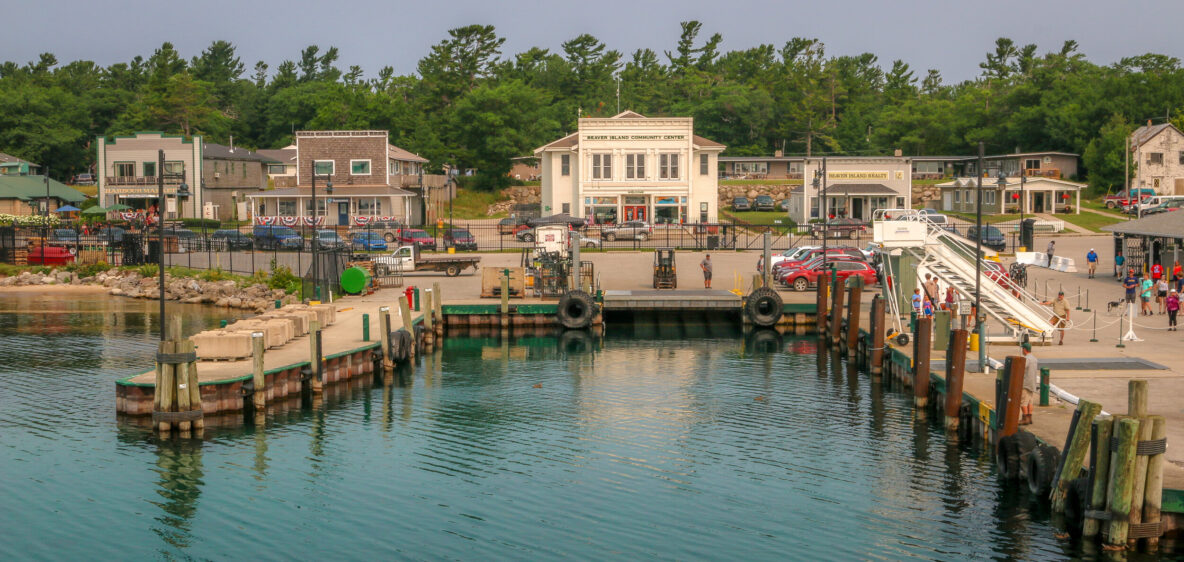Annual Gathering of Great Lakes Islands Focuses on Collaboration among Island Communities
FOR IMMEDIATE RELEASE
June 23, 2025
Beaver Island, MI — The Great Lakes Islands Alliance (GLIA) will host its sixth Islands Summit from September 21–24, 2025, bringing together regional leaders from twenty Great Lakes Islands to share knowledge, explore challenges, and strengthen connections between year-round island communities across the Great Lakes. This year’s event will return to Beaver Island, Michigan, the original host of the inaugural Summit in 2017.
The 2025 Summit will feature a four-day program with interactive breakout sessions, presentations, and tours, as well as robust networking opportunities and time for social connection and conversation. Session topics include environmental stewardship, education, housing, health care, economic development, arts and culture, sustainability, and emergency services, with many sessions led by islanders themselves. Each of these topics will be viewed through an island lens.
GLIA, a multinational network connecting twenty inhabited islands across Lakes Superior, Michigan, Huron, Erie, and Ontario, is the only organization of its kind in the Great Lakes. Since its founding in 2017, GLIA has been dedicated to building relationships, sharing resources, and advocating for programs and policies that benefit island communities across three states and one province in both the U.S. and Canada.
“This year’s theme is ‘Collaboration,’ and it couldn’t be more fitting,” said Angel Welke, GLIA Steering Committee Chair and one of a team of local Beaver Island residents acting as Summit hosts. “Our island communities are small but mighty, and when we come together, we make a powerful impact on everything from regional tourism to environmental conservation to public services.”
The Islands Summit is primarily targeted at Great Lakes island leaders and residents but is open to anyone connected to islands. Attendees include nonprofit leaders, elected officials, educators, business owners, planners, Chambers of Commerce, and other island residents, both seasonal and year-round.
Summit registration is now open via GLIA’s website, glialliance.org. Attendees are encouraged to register early and make travel and lodging arrangements as soon as possible.
GLIA wishes to acknowledge its major event sponsors to date: the Charles Stewart Mott Foundation; the Charlevoix County Community Foundation; and Bob and Alana Anderson. GLIA is actively seeking additional sponsors to support the Summit and its mission. Sponsorship levels range from as little as $250 to as much as $10,000, with benefits including brand visibility, promotional materials in attendee packets, speaking opportunities, and multiple Summit registrations.
About GLIA
Great Lakes Islands Alliance (GLIA) is a voluntary, multinational, collaborative network that brings together individuals from year-round island communities across the Great Lakes. GLIA fosters cross-island collaboration to address shared challenges such as housing, transportation, climate resilience, and economic prosperity. With members representing island communities in the U.S. and Canada, GLIA serves as a grassroots-driven network promoting stewardship, sustainability, and cultural exchange.
Media Contact:
Philip Rice, Communications Specialist
price@stewardshipnetwork.org

